Before there was an NNSA, there was a workforce dedicated to nationwide nuclear security. A look back at some fantastic females of nuclear security.
National Nuclear Security Administration
March 8, 2018Before there even was an NNSA, there was a diverse workforce dedicated to nation-wide nuclear security - conducting revolutionary research and protecting our communities each and every day. In honor of Women's History Month, we're taking a look back at some of the fantastic females of nuclear security. Enjoy these classic "Throwback Thursday" photos from our laboratories and sites.
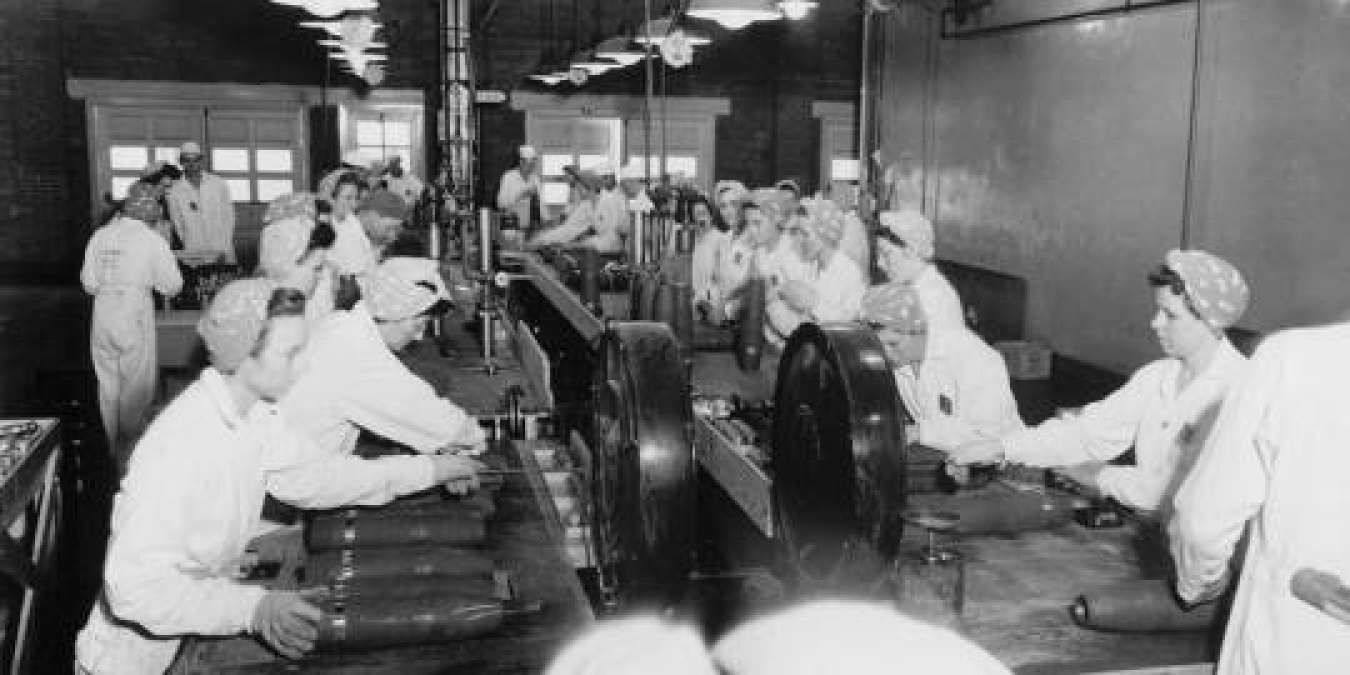
1944: Women work the fuze and booster assembly line at Pantex Plant when it made conventional bombs for World War II.
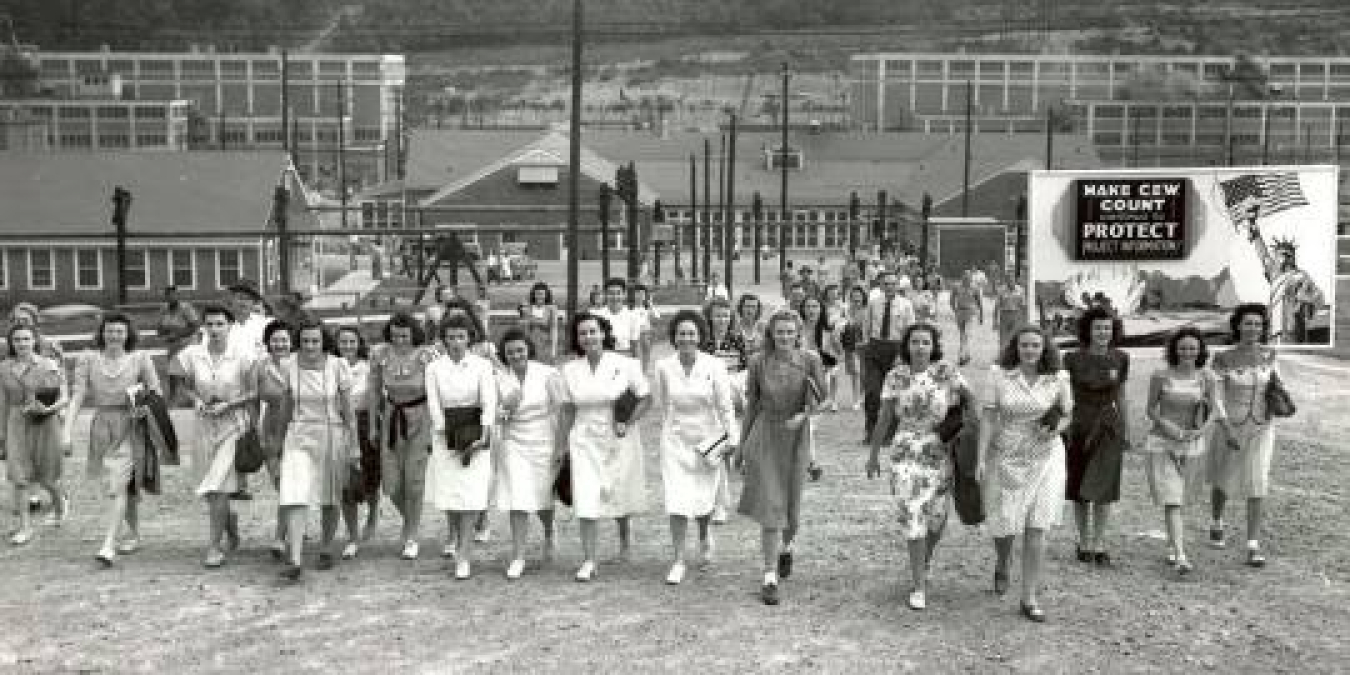
1945: Women finish their shift at Y-12 National Security Campus. More than 22,000 workers clocked in and out every day.
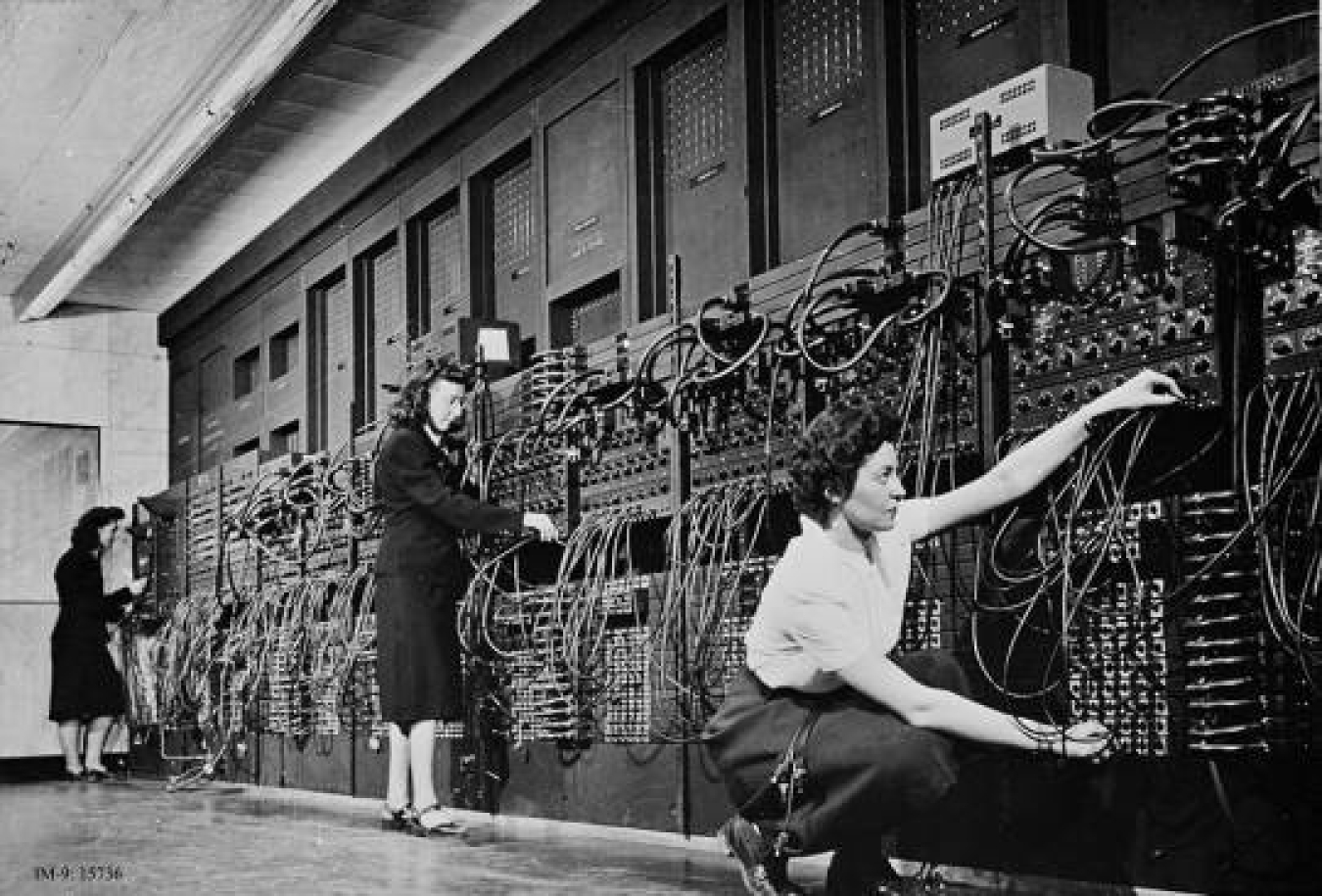
1950s: Women program Los Alamos National Laboratory's Electronic Numerical Integrator and Computer for calculations in early nuclear weapons research.
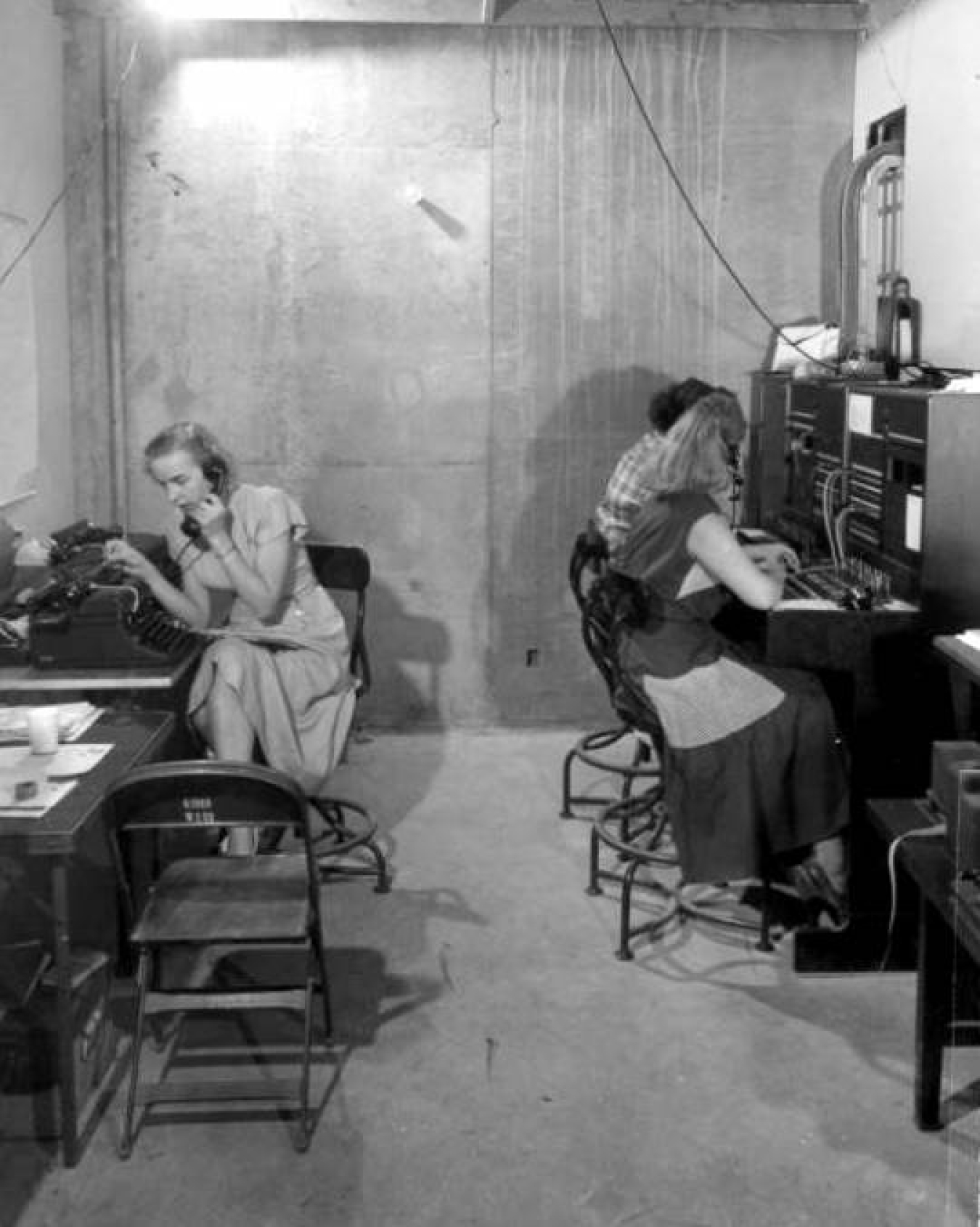
1952: Women at Base Camp Mercury, which became Nevada National Security Site, operate the telephone switch board center.
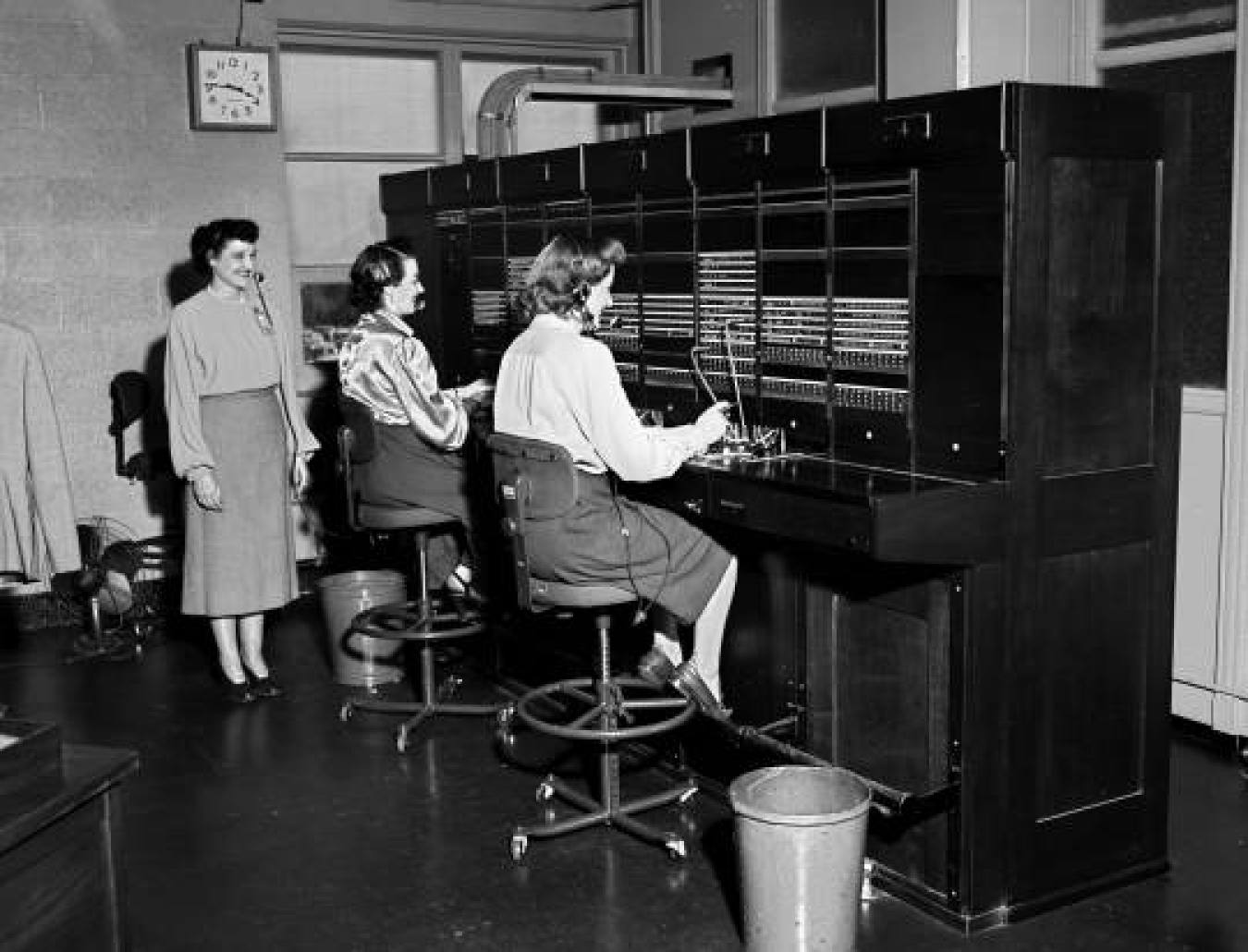
1958: Kansas City Plant operators routed more than 22,000 interoffice calls each day before we had email.
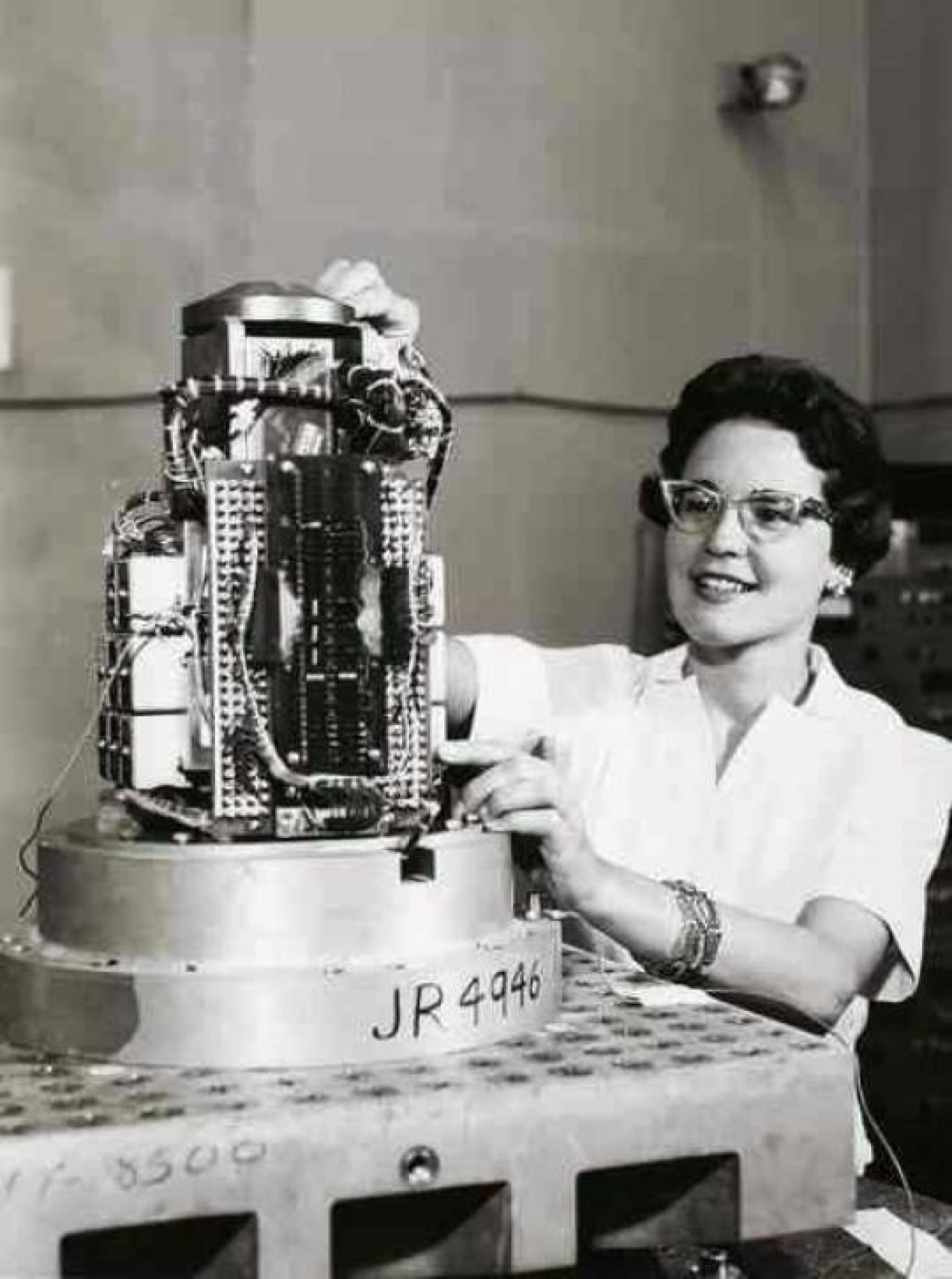
1959: Betty Carrell became the first female mechanical engineer among 350 peers at Sandia National Laboratories' California site.
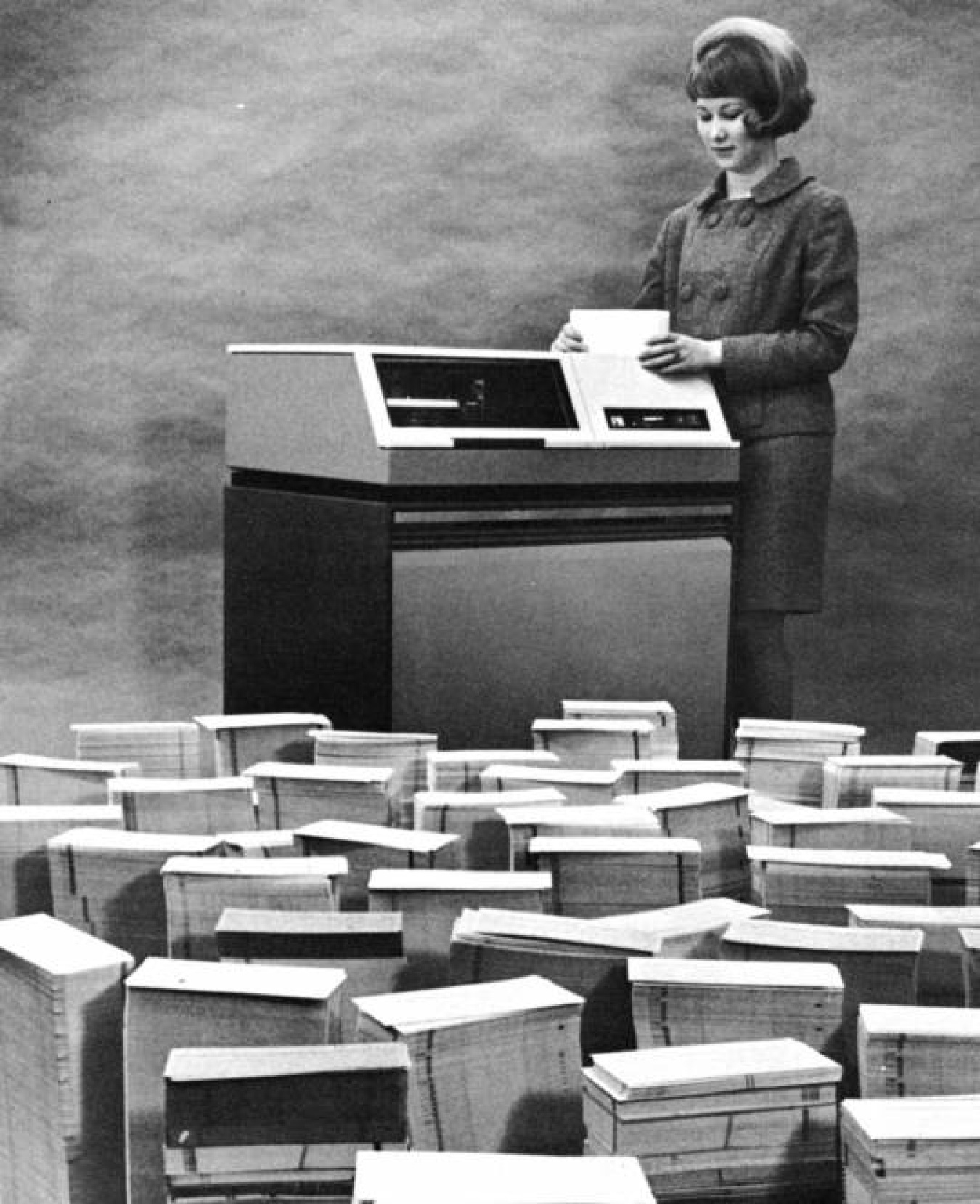
1964: A female employee at the Kansas City Plant loads data storing punch cards onto a disk drive.
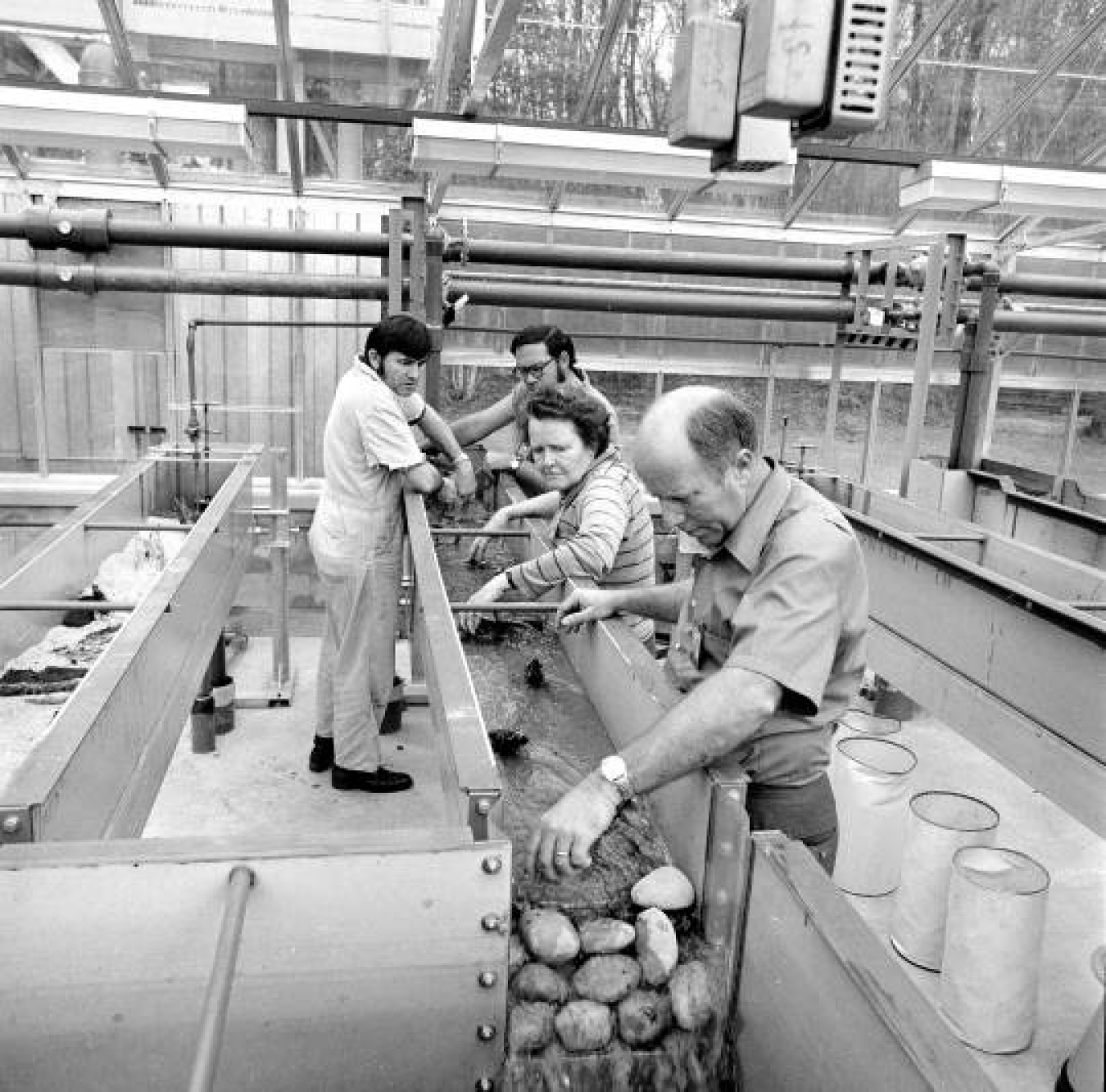
1972: Dr. Ruth Patrick of Savannah River Site's ecology lab studies thermal effects on stream organisms.
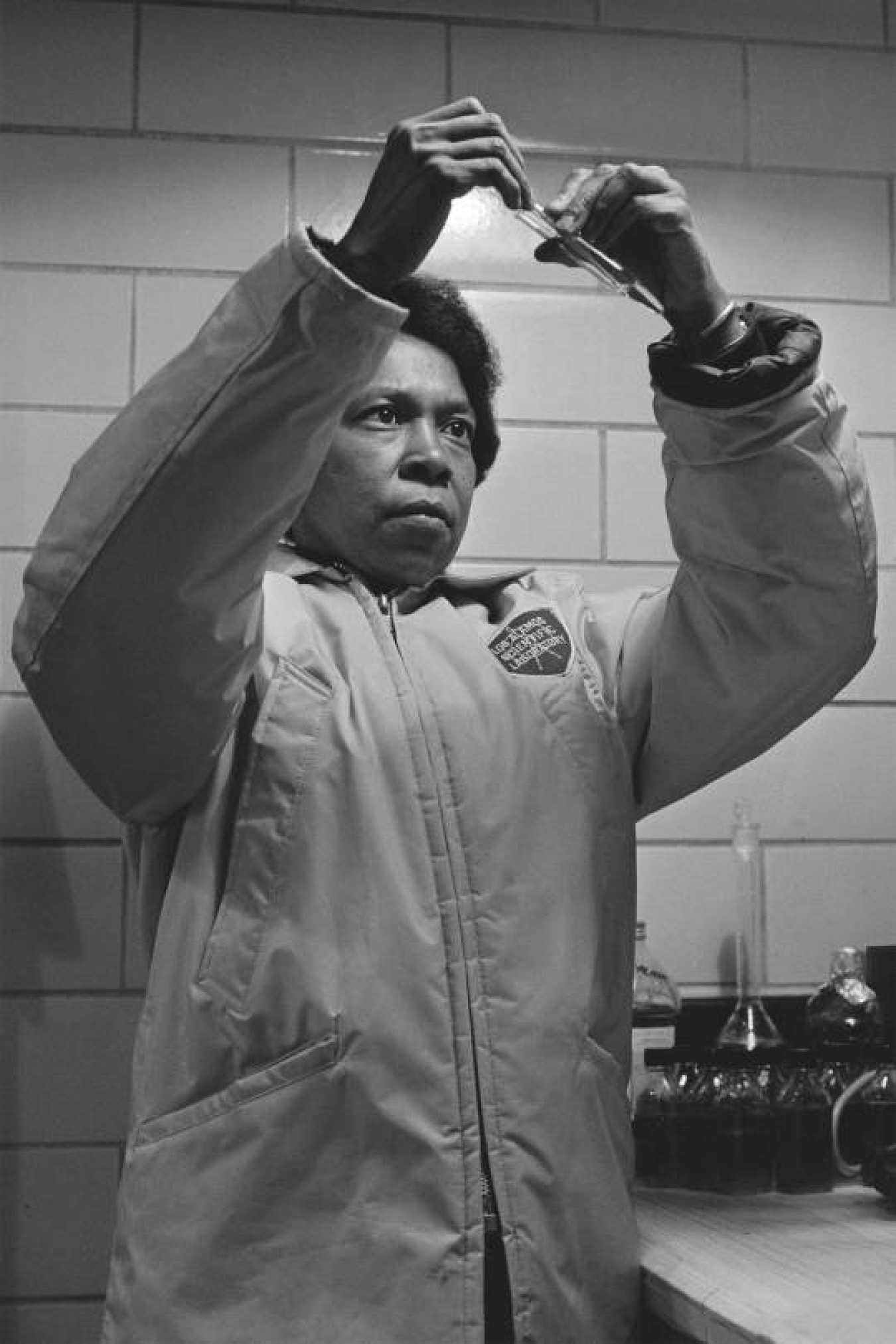
1974: Biochemist Julia Hardin of Los Alamos National Laboratory studies what radiation does to DNA & would later recruit interns to the lab from historically black colleges and universities.

